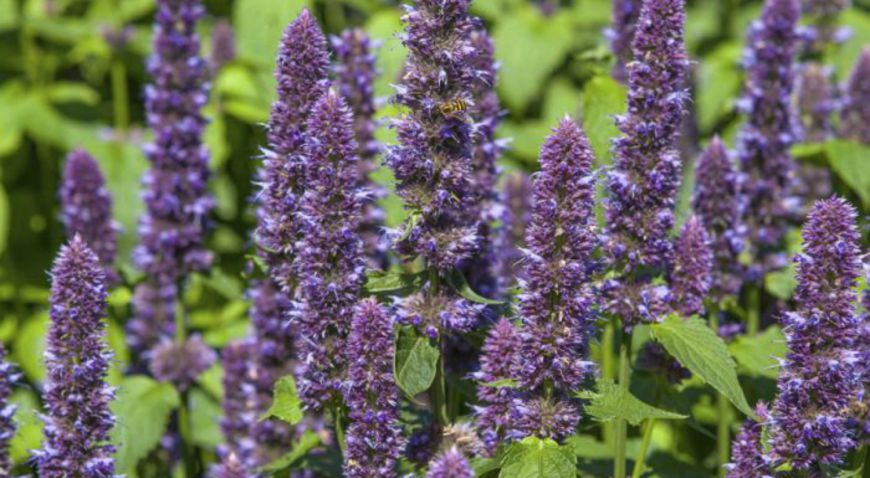| Botanical name: |
Hyssopus de cumbens |
| Family name: |
Lamiaceae |
| Origin: |
Provence, France |
| Fragrance/Aroma: |
Light, fresh, herbie, woody, musty, leafy, forest floor after the rain (distinct linalool note). |
| Blends well with: |
Thyme geraniol, Myrtle (Cineole type), Morrocan Chamomile, Khella. |
| Indications: (Therapeutic uses) |
Especially suitable for treating bronchial infections; sinusitis; asthma, along with herpes simplex and fever blisters (can be applied inside the mouth). Combined with Khella (Ammi visnaga), it is used to prevent asthma attacks and eases breathing. Useful for nervous depression. |
| Properties: |
Very powerful antiviral properties, clears the lungs. Mild but also strong, immune stimulating, anti-asthmatic, antidepressant, antiseptic. Suitable for infants and children, non-irritant. |
| Characteristic components: |
Monoterpenes: pinene, myrcene, limonene, camphene; Alcohols: linalool; Oxides: linalool oxide, 1,8-cineole; Esters: linalyl acetate, geranyl acetate. Noteworthy: trans-linalol oxide. |
| Preparation: |
Distillation of flowers and leaves. |
| Potential hazards: |
Generally safe to use but caution with: epilepsy; glaucoma; high blood pressure; prostate cancer. |
| Mode of application: |
Suppositories, topical. |
| Comments: |
This hyssop variety does not contain keytones; the perfect oil for treating severe, acute bronchitis in children, preferably applied in the form of suppositories. It is also used to prevent and ameliorate asthma (Haas, 2013). |
| References: |
Haas, M. (2013) Quick reference guide for 114 important essential oils. Terra Linda Scent and Image, PIA. |

